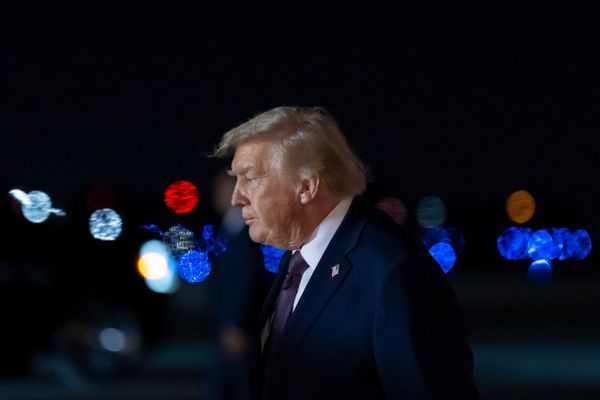
For months, there has been a debate among economic commentators regarding the use of tariffs in the U.S. economy. While some have criticized tariffs as a form of 'sales tax,' it is important to understand the historical context and current implications of tariffs.
Tariffs have a long history in the U.S., serving as a tool for generating revenue and protecting vital industries. President-elect Trump has introduced tariffs as a negotiating tactic with trading partners, adding a new dimension to their use.
Before the introduction of the individual income tax, tariffs were a primary source of government funding. Alexander Hamilton, the first Treasury Secretary, was a strong advocate for tariffs. However, after World War II, there was a shift towards multilateral tariff reduction in the belief that free trade would bring widespread prosperity and political freedom.



Contrary to expectations, the U.S. experienced negative consequences from open trade, including the loss of manufacturing jobs and national security vulnerabilities. Critics argue that other countries have taken advantage of the U.S.'s openness, necessitating the use of tariffs to protect American interests.
Furthermore, tariffs have become a tool for advancing the president's foreign policy goals. They are used to encourage allies to increase defense spending, open foreign markets to U.S. exports, combat illegal immigration and drug trafficking, and deter military aggression.
In conclusion, tariffs play a complex role in U.S. economic policy, with proponents advocating for their use to safeguard domestic industries and national security interests. The ongoing debate surrounding tariffs reflects differing views on their effectiveness and impact on the economy.







